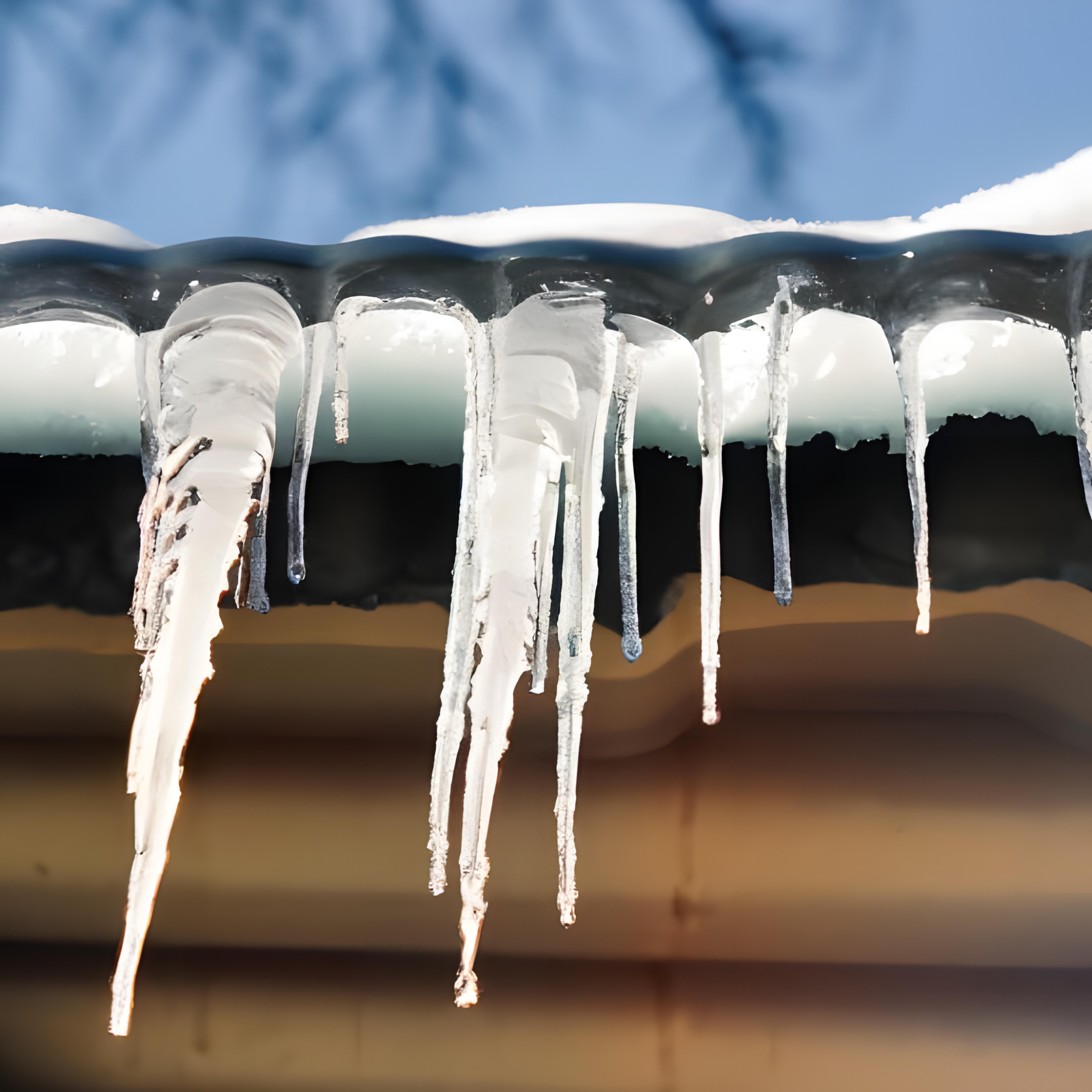How Much Snow Can Your Roof Hold? Understanding The Limits

As winter sets in, one critical question that concerns many homeowners is: how much snow can a roof hold? Understanding the load capacity of your roof is essential for maintaining the integrity of your home and ensuring the safety of its occupants.
Assessing How Much Snow Can A Roof Hold
The capacity of roof varies depending on several factors, such as the roof’s design, material, age, and condition. Generally, most residential roofs can safely hold 20 pounds per square foot of snow. It’s crucial to remember that this capacity can be significantly lower for older structures or roofs in need of repair.
Types Of Snow And Their Weight Implications
Not all snow weighs the same. Fresh, light, fluffy snow is less dense and heavy compared to wet, packed snow or ice. For example, 10-12 inches of fresh snow is roughly equivalent to 1 inch of water, or about 5 pounds per square foot of roof space. In contrast, 3-5 inches of wet, heavy snow could be equivalent to the same weight.
The Particular Challenge Of Flat Roofs
Flat roofs, unlike sloped roofs, do not naturally shed snow, making them more vulnerable to heavy snow accumulation. When considering how much snow a flat roof can hold, it’s essential to be more cautious and proactive in snow removal to prevent excessive weight accumulation and potential roof collapse.
Warning Signs Of Excessive Snow Load
Be aware of warning signs that your roof is under strain from snow weight. These signs include unusual sounds from the roof, visible sagging, cracked or split wood members, doors or windows that are difficult to open, or cracked walls. If any of these signs are observed, it’s important to safely remove some snow from the roof.
Safe Snow Removal From Roofs
Removing snow from your roof should be done with care to avoid damage to the roof surface. Use a roof rake with a long extension arm to safely remove snow from the ground. Avoid climbing on the roof to shovel snow, as this can be dangerous and might cause more harm to the structure.
The Dangers Of Using Salt And Chloride-Based Ice Melts On Roofs
While it might be tempting to use salt or chloride-based ice melts to clear snow from your roof, these substances can cause significant damage. They can corrode metal roofing components, deteriorate roof materials, and potentially lead to leaks. Moreover, the runoff containing these chemicals can harm your lawn and the surrounding environment.
Recommendation: Safe Paw For Roof Snow And Ice Control
For managing snow and ice on roofs, particularly flat roofs, a safer alternative is Safe Paw. This chloride-free and toxin-free ice melt is non-corrosive, making it safe for use on roofing materials. It’s absolutely safe for your roof shingles. It effectively melts ice at low temperatures and does not pose the environmental risks associated with traditional ice melts.
Conclusion
Knowing how much snow can a roof hold is crucial for the safety and maintenance of your home. Regular monitoring, understanding the type of snow, and safe snow removal practices are key. For ice melt needs, Safe Paw offers a roof-friendly and environmentally safe option, ensuring that your roof remains intact and your home is safe during the snowy months.
Comments
Post a Comment